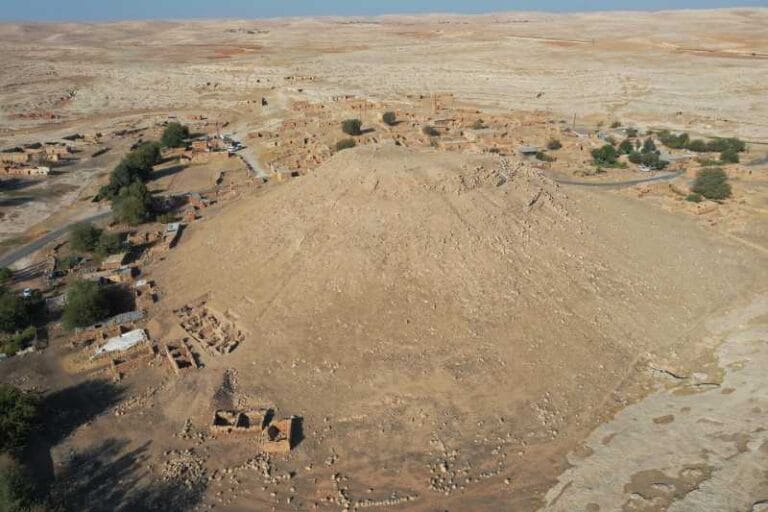The Pyramid of Djoser built using hydraulic elevators or not?

A recent study has sparked debate in the field of Egyptology by suggesting that the 4,500-year-old Step Pyramid of Djoser may have been built using advanced hydraulic technology. The research team, led by Dr. Xavier Landreau from the Paleotechnic research institute, proposes that ancient Egyptians utilized a sophisticated system of dams, water treatment facilities, and a hydraulic elevator to construct this monumental structure.
The study focuses on several key elements of the Saqqara Plateau, where the Step Pyramid is located. These include the Gisr el-Mudir, a massive stone wall that the researchers believe functioned as a dam, and the Deep Trench, which they interpret as a water treatment plant. According to their theory, these structures worked together to provide clean water and hydropower for construction projects.
In an interview with IFLScience, Landreau explains, “When you examine the cross-section of the wall, you see that it has the technical signature of an open check dam with its transition filters.” He adds, “Show it to an Egyptologist and they will probably say ‘no, it’s just a classic wall’. But just show it to a hydraulics student in their second or third year and they would say ‘yes, of course, it’s obvious [that it’s a dam].'”

Most controversially, the team suggests that the ancient builders used a network of underground pipes to channel water into a central shaft within the pyramid. Landreau states, “Below the Djoser complex there is a quite spectacular network of pipes. There are seven kilometers of pipes entirely cut in the rock at a depth of 28 meters below the ground.”
They propose that this system allowed for the vertical transport of enormous building blocks, likening the process to lava flowing upwards through a volcano. Landreau concludes that this method would allow ancient architects to “load stones at the ground level and unload them at the top, and build the pyramid like a volcano from the center.”
This theory challenges conventional understanding of ancient Egyptian engineering capabilities and construction methods. If proven correct, it would significantly alter our perception of the technological prowess of this ancient civilization.
However, the study has faced strong criticism from prominent Egyptologists. Dr. Zahi Hawass, former Egyptian Minister of State for Antiquities Affairs, firmly rejects the hypothesis. He states in an interview with IFLScience, “I’ve been excavating in Gisr El-Mudir for the last 12 years. I found a new pyramid there, I found Old Kingdom tombs, I found statues. I just finished the excavation last May. There is not one single piece of evidence that I saw in my excavation to prove [that it was a dam].”

Regarding the central shaft theory, Hawass argues, “The shaft is a burial chamber. I discovered the sarcophagus in this burial chamber. If you say the shaft was used for water you should see evidence now of water. But there is no evidence at all. It is a burial chamber shaft.”
Other experts in the field have also expressed skepticism, with some refusing to comment publicly on what they consider an implausible theory. They point to the lack of historical records mentioning such advanced hydraulic systems in pyramid construction. Hawass emphasizes, “‘Maybe’ can’t be used in archaeology. Archaeology depends on evidence.”
Despite the backlash, Dr. Landreau stands by his team’s findings. He argues that while their theory may seem novel to Egyptologists, the proposed hydraulic systems are well-known concepts in the field of water engineering. Landreau suggests that “the most important people to give their opinion on this article will be hydraulic engineers as they will be able to confirm the possible path of water – and I truly believe they will be in accordance with our findings.”

This study highlights the ongoing debates and evolving theories in archaeological research. While innovative ideas can challenge established views and potentially lead to new discoveries, they must withstand rigorous scrutiny and be supported by substantial evidence to gain acceptance in the scientific community.

As the discussion continues, this controversial theory serves as a reminder of the enduring mysteries surrounding the construction of Egypt’s ancient monuments and the importance of interdisciplinary approaches in unraveling the secrets of the past.
The study is published in the journal PLOS ONE.






